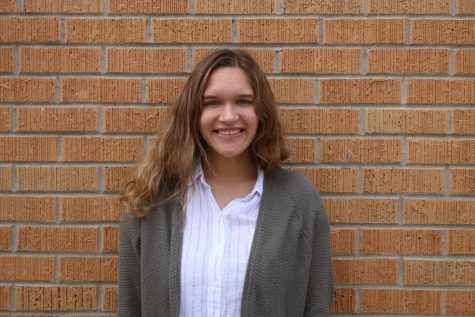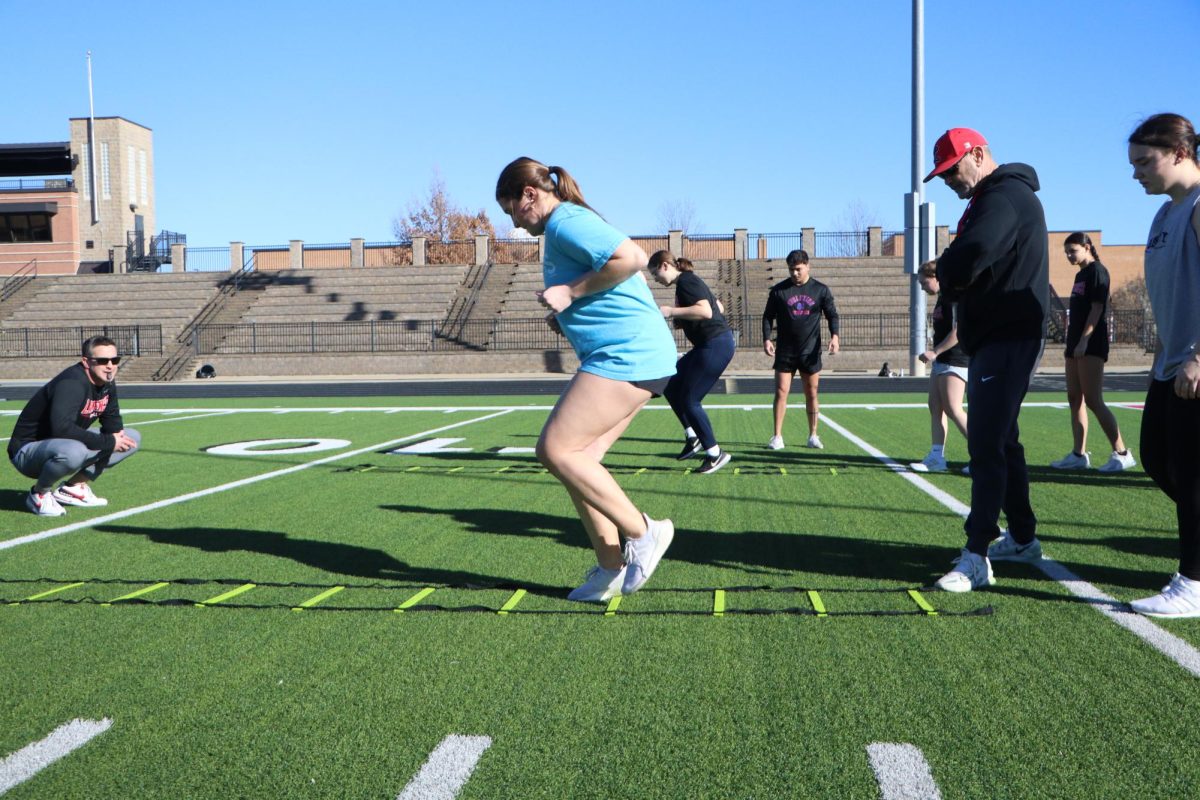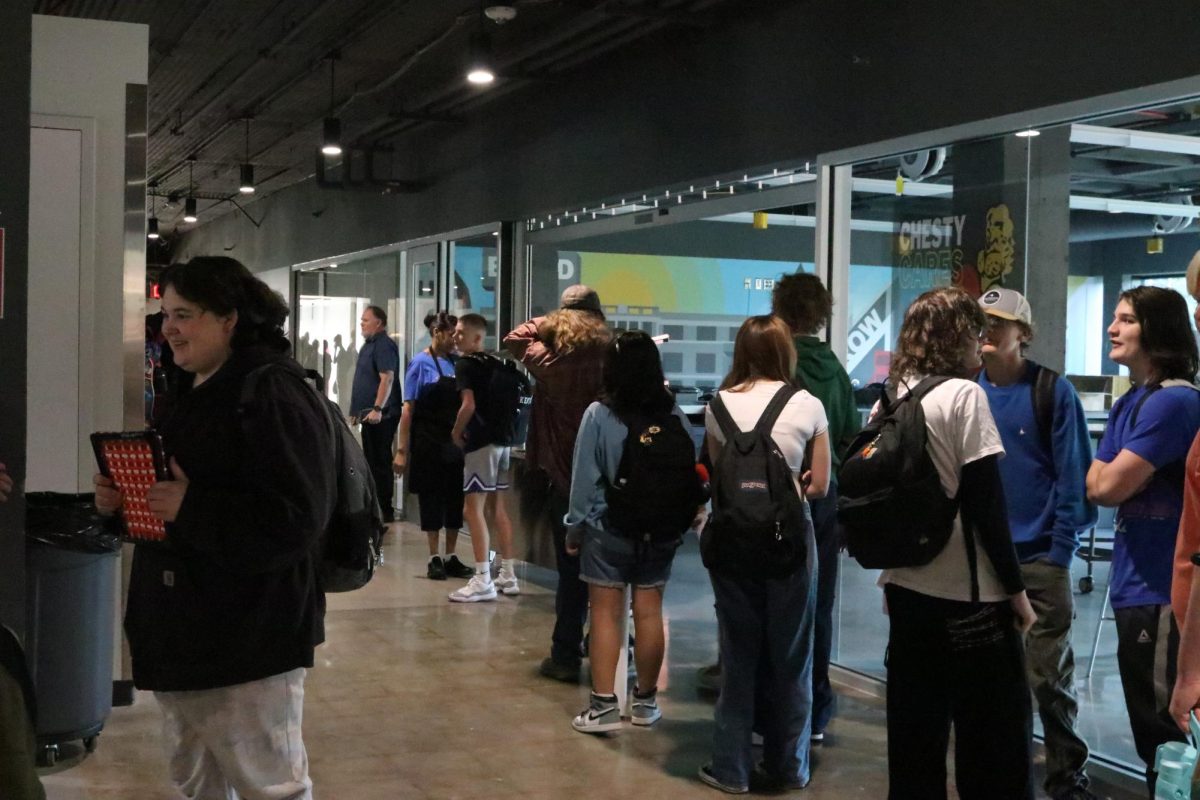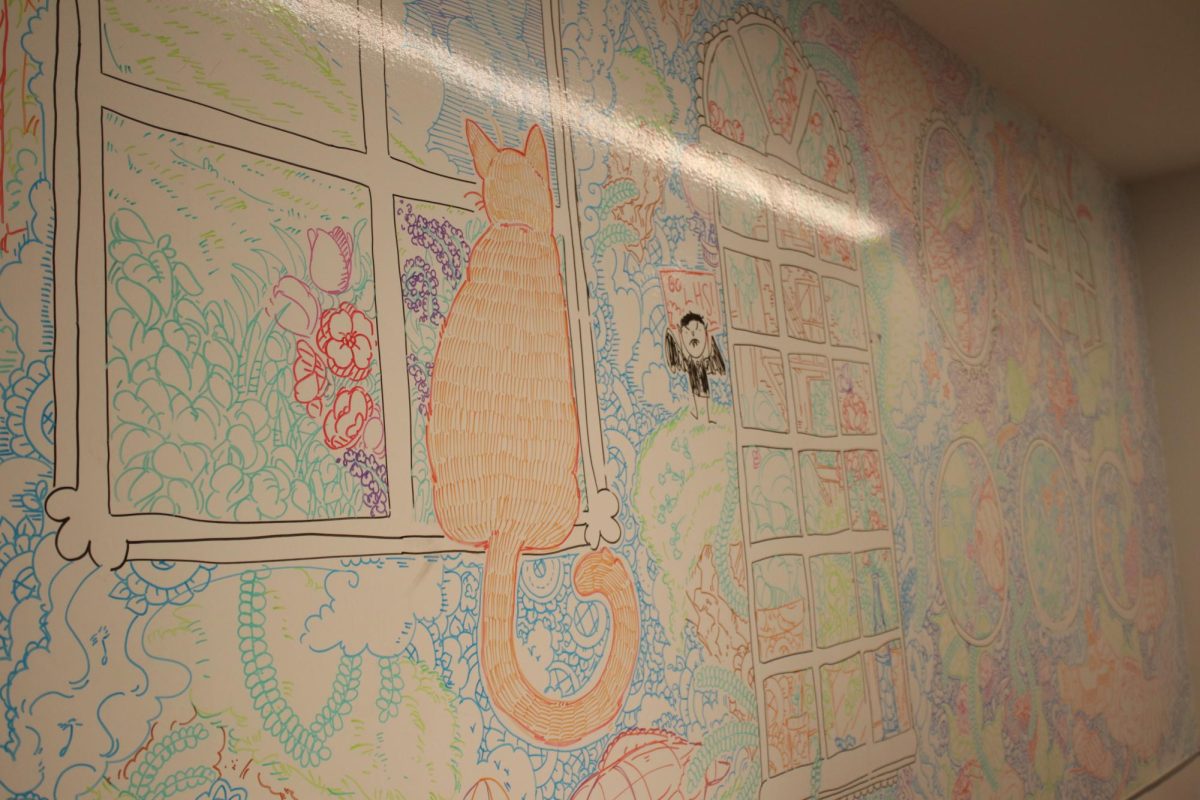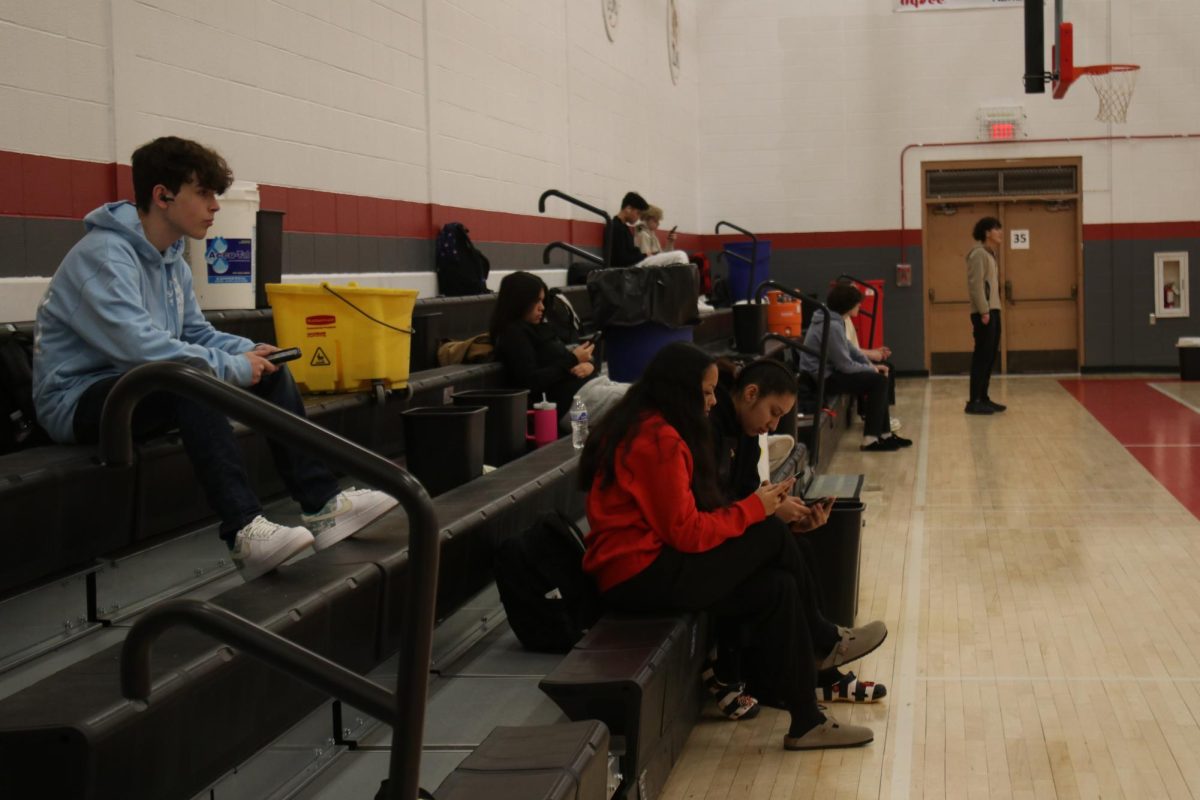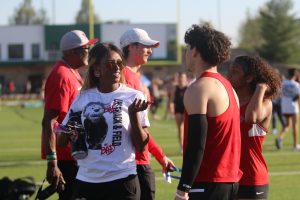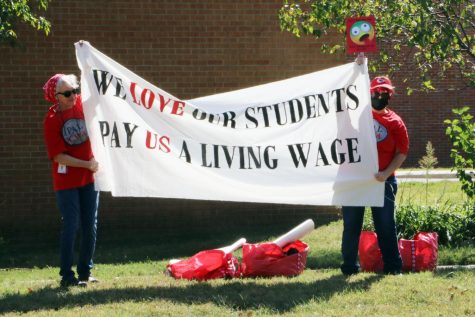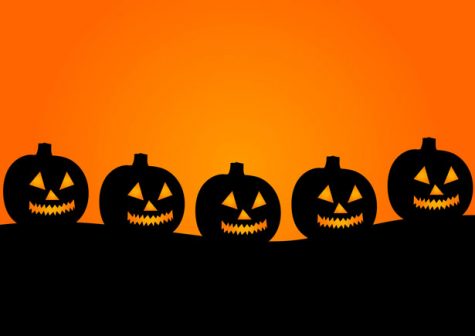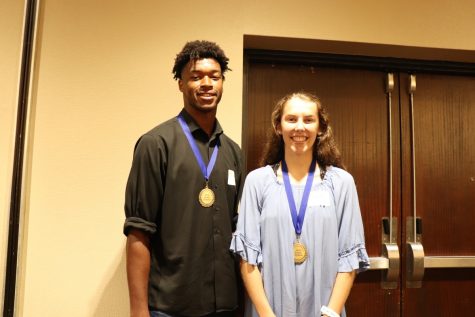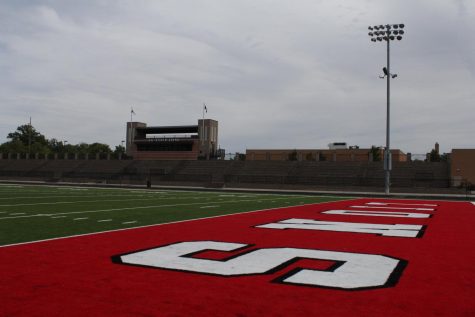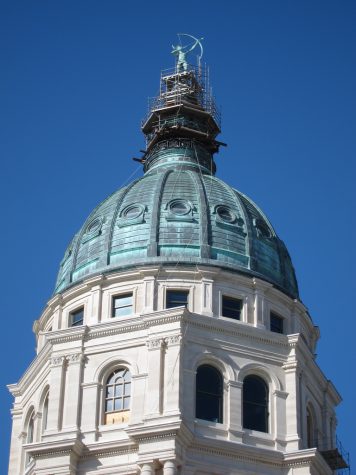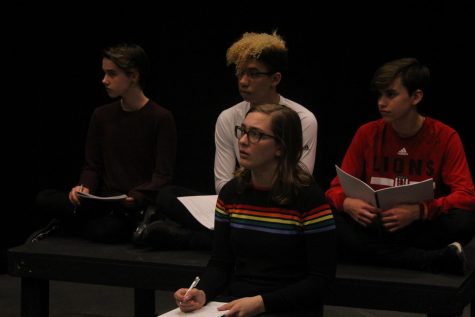APES takes annual field to Konza Prairie
December 15, 2017
AP Environmental Science teacher Lisa Ball took students on the annual Konza Prairie trip to study vegetation of the tallgrass prairie.
On Oct. 25, APES students hiked around the Konza Prairie, collecting data and viewing a wild herd of Bison. The Konza is one of the only virgin tallgrass prairies left in the Midwest.
“It’s a really special place,” Ball said, “We’ve lost most of our tallgrass prairie, I think it’s important for students to stand on their native biome.”
Students visited the Konza Biological Research Station and gathered data about the prairie vegetation plots, which will be used in studying treatment of the tallgrass prairie. K-State researchers discussed the process of analyzing data afterwards as well as the different types grass native to the prairie. Scientists from NASA and NOAA were conducting research regarding the tallgrass prairie, data gathered by students will be used in their research.
“I really liked doing hands on work in the plots that were there,” junior Karenna Peterson said, “ I thought that was really fun and educational. I definitely gained a knowledge of how to maintain a prairie.”
After gathering data about the plants and plots of the prairie, students viewed the bison after the bison roundup.
“We are going to be there right after the bison round up, so the bison are going to be down in the holding pins and that only happens once a year,” Ball said, “We’ll get get some really good looks at them.
The bison round up occurs once a year, where the bison are tagged and then released back to graze about the prairie. The roundup occurred on Oct. 24, the day before the field trip.
“I gained greater appreciation for natural prairies,” senior Leah Marett said, “I think it’s important for people to experience the Konza prairie because when you’re trying to protect something, you have to understand and appreciate what it’s like.”
Students learned of major components of the prairie, such as the effects of fire on the prairie and things required for maintaining a prairie, as a part of an APES ecology unit.



